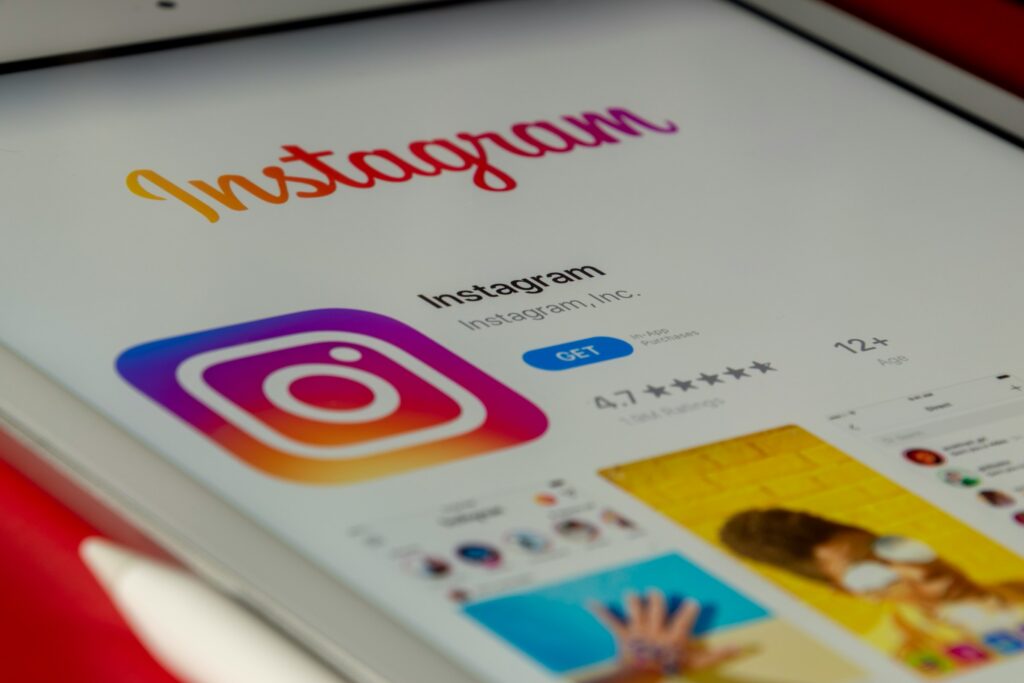
You had a long day, so let’s talk about something interesting. Do you remember your favorite TV ad? The one that made you forget everything else until you finished watching it. That was brand storytelling at its finest.
You can define Brand storytelling as the art of connecting with your audience through compelling, inspiring, and relatable narratives. It entails humanizing your brand and telling a story that your consumers can relate to. In this post, we will show you the essence of brand storytelling and how to tell your business story in a captivating way.
Is Brand Storytelling Important?
In a noisy world, you need a rhythm that stands out. Otherwise, your message will be crowded out before it arrives. These days, there are several companies and startups marketing the same products and services, so you can’t rely on regular business communication. Rather, you should sell your why.
What makes you stand out? Why should customers patronize you? What can they get from you that the competitors don’t offer? What problems are you solving?

Weaving these elements into a beautiful story is what makes potential customers buy from you. It shows them the human side of your brand and makes them believe it is legitimate and meets real everyday needs. As a startup, compelling brand storytelling is one of the essential ways to win trust. It translates the mission and vision of your company into a meaningful, relatable solution that your customers can resonate with. Once they can resonate with it, they will share with others – this helps gain more customers for the brand.
Core Elements Of Compelling Brand Storytelling
If you do not understand the core elements of brand storytelling, you may be telling the wrong story without knowing it. What are the core elements that a compelling tale contains? Let’s find out.
1. Your Origin Story
Vulnerability and transparency are powerful tools in winning the trust of customers. It sparks an emotional connection that makes them feel attuned to the origin of the startup. Sharing a genuine origin story is one of the heights of vulnerability as a startup founder. It is you extending your hands to your customers to be a part of how it began. If you desire to write a compelling brand story, ensure you include your origin story.
2. Your Startup’s Mission and Vision
Your startup’s mission and vision are important components that should be in your brand’s story. It should tell the day-to-day values your startup brings and the future you desire to give customers. It should also talk about the benefits of having your products and what sets you apart from the rest.
3. The Startups’ Values and Personality
Your values and personality refer to the aura your brand exudes. You could also define it as your brand tone. Is it playful? Confident? Innovative or compassionate? Your tone should reflect across every media platform used by your brand. Ensuring such consistency makes your brand trustworthy and relatable.
4. The Story’s Hero
Your customer is your brand’s hero. You created the startup to meet their needs and solve their problems, so it’s important to cast the spotlight on them. When you make them the focal point of your story, you highlight the significance of their journey. Doing this also makes them feel seen and heard. Thus, helping you earn their trust.
5. Conflict Resolution
Most beautiful stories thrive on conflict. The crescendo is usually the point where the challenge has an unexpectedly beautiful solution. You can weave the market complexities and everyday challenges of your customers into a story of conflict. Then cap up the story with the entry of your product to solve the problem they have been facing.
6. Proof and Credibility
Customers are not just satisfied with talk; they need proof. Don’t just talk about the problems your product has solved, show them. Let them see the behind-the-scenes of your product. Reveal snapshots of what other people are saying about your brand. Such testimonials and bts serve as social proof that your brand is capable and effective.
Step-by-Step Guide On How To Build A Good Brand Story
Building your brand story starts before the brand exists. If you have started the brand already, we will just take a few steps back to dig into the why? A compelling brand story starts with a clearly defined purpose for the brand. Highlight the pain points your brand is solving and the unique approach your brand uses to solve these problems.
Now that you know the why, let’s talk about the who – who is your target audience? Who are the people whose problems you are trying to solve? In identifying your target audience, you should craft detailed personas to capture essential details about them. A comprehensive persona will dictate the tone and the channels you will use to communicate your brand.

After determining the “why” and “who” of your startup, you should document the founder’s story, the struggles, the victories, the lessons learned, and the pain you have faced. Doing this strengthens your brand’s authenticity and helps in connecting with your audience. It helps them relate to your core and see that there is a human face behind the brand. When telling the founder’s story, ensure it’s a mix of the doubts, uncertainties, wins, and successes. If the story is tilted towards one end rather than the other, it may raise some dust that will make your customers doubt its genuineness.
With the above listed under your sleeves, it’s time to define your brand voice and tone. Your brand voice should be a reflection of your personality across all social media platforms. Ensure that the brand tone stays consistent across all platforms. Doing this earns you trust and builds recognition for your startup.
Conclusion
You have done a great job staying glued to this point. How well have you been doing with your brand storytelling? Are you painting the right pictures in the mind of your customers? If you have not been doing so well, it’s time to apply the core elements of compelling brand storytelling. Your startup will be grateful you did.
Do you need more content like this? Take this as a cue to subscribe to the SimplVest Newsletter!












